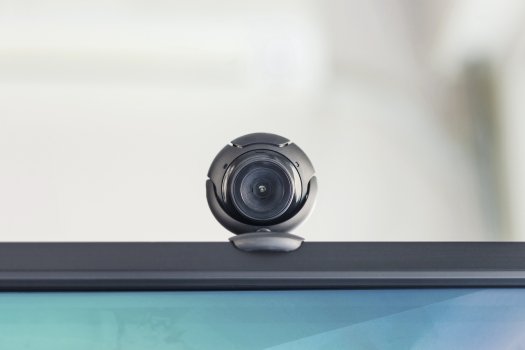K
Kathleen Martin
Guest
When Axis Communications released the first internet protocol (IP) camera after the 1996 Olympic games in Atlanta, there was some initial confusion. Connected cameras weren’t something the market had been clamoring for, and many experts questioned whether they were even necessary.
Today, of course, traditional analog cameras have been almost completely phased out as organizations have recognized the tremendous advantage that IoT devices can offer, but that technology felt like a tremendous risk during those early days.
To say that things have changed since then would be a dramatic understatement. The growth of the Internet of Things (IoT) represents one of the ways physical security has evolved. Connected devices have become the norm, opening up exciting new possibilities that go far beyond recorded video. Further developments, such as the improvement and widespread acceptance of the IP camera, have helped power additional breakthroughs including improved analytics, increased processing power, and the growth of open-architecture technology. On the 25th anniversary of the initial launch of the IP camera, it is worth reflecting on how far the industry has come — and where it is likely to go from here.
Tech improvements herald the rise of IP cameras Comparing today’s IP cameras to those available in 1996 is almost laughable. While they were certainly groundbreaking at the time, those early cameras could record just one frame every 17 seconds — quite a change from what cameras can do today.
But despite this drawback, those on the cutting edge of physical security understood what a monumental breakthrough the IP camera could represent. After all, creating a network of cameras would enable more effective remote monitoring, which — if the technology could scale — would enable them to deploy much larger systems, tying together disparate groups of cameras. Early applications might include watching oil fields, airport landing strips or remote cell phone towers. Better still, the technology had the potential to usher in an entirely new world of analytics capabilities.
Of course, better chipsets were needed to make that endless potential a reality. Groundbreaking or not, the limited frame rate of the early cameras was never going to be effective enough to drive widespread adoption of traditional surveillance applications. Solving this problem required a significant investment of resources, but before long these improved chipsets brought IP cameras from one frame every 17 seconds to 30 frames per second. Poor frame rate could no longer be listed as a justification for shunning IP cameras in favor of their analog cousins, and developers could begin to explore the devices’ analytics potential.
Perhaps the most important technological leap was the introduction of embedded Linux, which made IP cameras more practical from a developer point of view. During the 1990s, most devices used proprietary operating systems, which made them difficult to develop for.
Continue reading: https://techcrunch.com/2021/09/13/the-past-present-and-future-of-iot-in-physical-security/
Today, of course, traditional analog cameras have been almost completely phased out as organizations have recognized the tremendous advantage that IoT devices can offer, but that technology felt like a tremendous risk during those early days.
To say that things have changed since then would be a dramatic understatement. The growth of the Internet of Things (IoT) represents one of the ways physical security has evolved. Connected devices have become the norm, opening up exciting new possibilities that go far beyond recorded video. Further developments, such as the improvement and widespread acceptance of the IP camera, have helped power additional breakthroughs including improved analytics, increased processing power, and the growth of open-architecture technology. On the 25th anniversary of the initial launch of the IP camera, it is worth reflecting on how far the industry has come — and where it is likely to go from here.
Tech improvements herald the rise of IP cameras Comparing today’s IP cameras to those available in 1996 is almost laughable. While they were certainly groundbreaking at the time, those early cameras could record just one frame every 17 seconds — quite a change from what cameras can do today.
But despite this drawback, those on the cutting edge of physical security understood what a monumental breakthrough the IP camera could represent. After all, creating a network of cameras would enable more effective remote monitoring, which — if the technology could scale — would enable them to deploy much larger systems, tying together disparate groups of cameras. Early applications might include watching oil fields, airport landing strips or remote cell phone towers. Better still, the technology had the potential to usher in an entirely new world of analytics capabilities.
Of course, better chipsets were needed to make that endless potential a reality. Groundbreaking or not, the limited frame rate of the early cameras was never going to be effective enough to drive widespread adoption of traditional surveillance applications. Solving this problem required a significant investment of resources, but before long these improved chipsets brought IP cameras from one frame every 17 seconds to 30 frames per second. Poor frame rate could no longer be listed as a justification for shunning IP cameras in favor of their analog cousins, and developers could begin to explore the devices’ analytics potential.
Perhaps the most important technological leap was the introduction of embedded Linux, which made IP cameras more practical from a developer point of view. During the 1990s, most devices used proprietary operating systems, which made them difficult to develop for.
Continue reading: https://techcrunch.com/2021/09/13/the-past-present-and-future-of-iot-in-physical-security/

